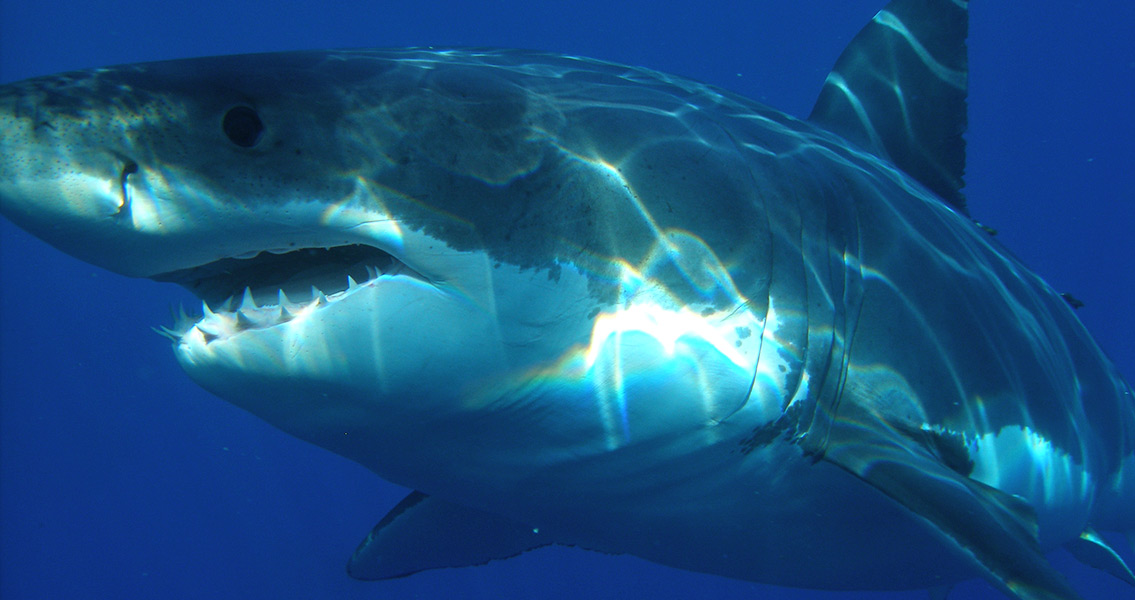<![CDATA[Millions of years ago, the surface of the Earth was significantly different to what it is now. Vast oceans covered many regions that are above water in the modern era, and sometimes there are startling reminders of such geological shift and upheaval – like the fossilized remains of a massive shark recently discovered in the outskirts of Fort Worth, a region of Texas far from the coastal waters of the Gulf of Mexico. The fossil find, which was discovered in 2009 much by accident during a paleontology field trip to the close by Duck Creek Formation, has been dated back to anywhere between 100 million and 105 million years ago when the region would have been part of a shallow ocean basin. The remains have been identified as belonging to a shark species that, in this particular specimen, would have been a minimum of 20 feet in length in life; in comparison, the largest, most well-known modern shark species, the great white, usually measures around 15 feet in length, although the largest documented great white measured 20 feet. The Duck Creek Formation, where the fossils were discovered, spreads from just west of Fort Worth and ends up deep within Oklahoma. This find is a major blow to previously held ideas that sharks from the era in question, known as the Cretaceous Period, were much smaller than they are now. It also sheds some serious light on the ontology of sharks and how they evolved from the Cretaceous Period to the modern day, especially since many shark species are considered relatively unchanged over the millennia in terms of genetics. The findings back up a team of unaffiliated paleontologists that unearthed the remains of what could have been a 27 foot long shark of the same or similar species in Kansas. Between the Fort Worth shark and the one discovered in Kansas, it seems as if the Cretaceous Period was home to sharks that could have easily dwarfed the one that terrorized Amity Bay in Steven Spielberg’s “Jaws”. Joseph Frederickson, who literally stumbled over the fossil find alongside his wife, Janessa Doucette-Frederickson, spoke to the Fort Worth Star Telegram describing the scene. “We didn’t even know there were sharks this large that could have been dominant predators,” Frederickson said, recounting how the find involved digging up a total of three fossilized vertebrae from the massive shark. Janessa tripped over a small boulder, overturning it and exposing the fossil in an exposed field of limestone, her husband added, remarking that the both of them realized that it was a unique fossil shortly after digging it out from the surrounding rock. The Fredricksons, along with their colleague Scott Schaefer, recently published their findings in the scientific journal PLOS One; the married couple are now pursuing postgraduate degrees at the University of Oklahoma together. For more information: www.journals.plos.org ]]>
Shark Fossil Discovered in Outskirts of Fort Worth
